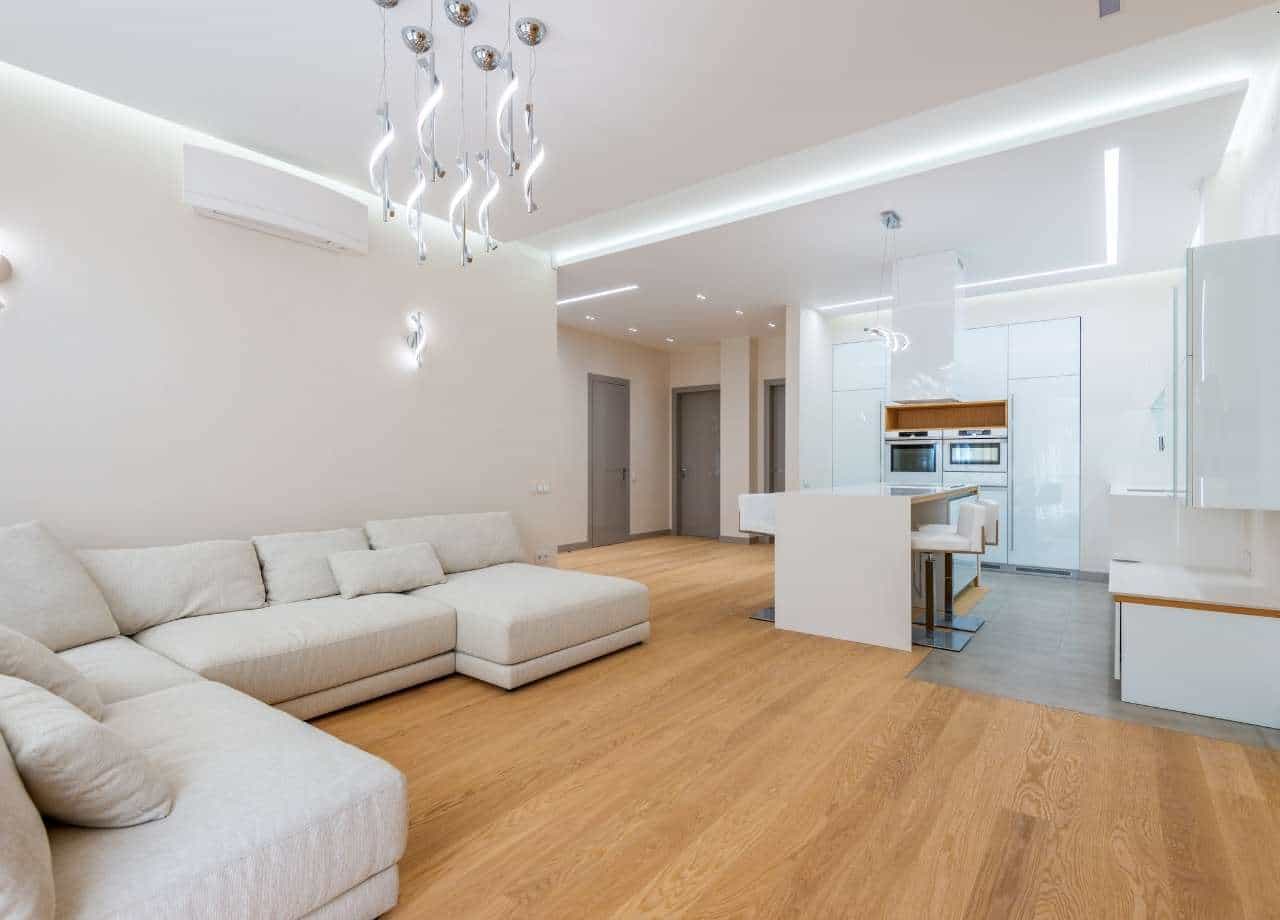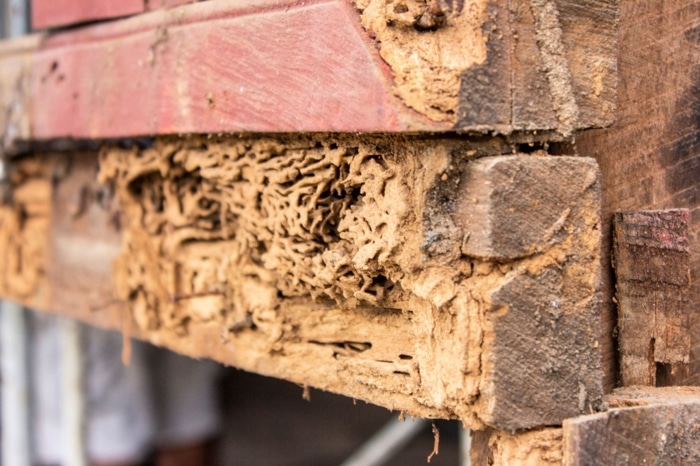Termites are one of those pests that most people don’t think about until it’s too late. Unlike ants or cockroaches, which you might see crawling around, termites stay hidden while they chew through the wooden parts of a home. By the time you notice damage, they’ve already caused expensive problems. This is why so many homeowners and property managers look for ways to stop termites before they even show up.
One option that gets a lot of attention is termite-resistant paint. It sounds simple—paint the wood, keep the termites away. But does it actually work, or is it just a false sense of security?
What Is Termite-Resistant Paint?
This type of paint looks like any other, but it has extra chemicals designed to repel or kill termites. Some brands use borate, a mineral that’s toxic to termites but safe for humans. Others include pesticides that deter or kill insects on contact.
The idea is that when you coat wood with this paint, termites won’t want to chew through it. In theory, it sounds like a great way to add protection to a home, especially in areas where termites are a common problem. But like most things, the real test is whether it holds up in actual use.
Does It Work?
Termite-resistant paint can help, but it’s far from a complete solution. Here’s why:
Termites Don’t Eat Paint
They’re after the wood underneath. If the paint stays intact, it might slow them down, but it won’t stop them if they find an opening.
Small Cracks Are Enough
Paint can chip, scratch, or wear down over time. If termites find even a tiny gap, they’ll get through.
It Only Protects the Surface
Termites don’t always start from the outside. If they come up from the soil or find an entry point inside a wall, they can bypass painted surfaces entirely.
Not All Paints Are Equal
Some brands work better than others, and the effectiveness depends on how well the paint is applied.
So, while it might be better than regular paint, it’s not something to rely on alone.
Where It Might Be Useful
There are situations where termite-resistant paint makes sense. It can add an extra layer of protection to areas that are already at risk, such as:
- Wooden fences and sheds
- Outdoor furniture
- Baseboards and trim
- Exposed wooden beams in garages or crawl spaces
In these cases, it might help reduce the chances of termites settling in. However, if you’re dealing with important structural elements—like wooden framing inside walls—you’ll need something stronger than just a coat of paint.
What Actually Works Against Termites?
Since paint alone won’t stop a determined termite colony, what should property owners do instead? Here are some proven methods:
Use Treated Wood
Wood that’s been treated with borate or other termite-resistant chemicals provides much better protection than paint. The treatment soaks into the wood, making it toxic to termites even if the surface gets scratched or damaged.
Install Bait Stations
Bait stations attract termites and slowly eliminate the colony. They’re a long-term solution that helps reduce the overall population in the area. These are often placed around the perimeter of a property and checked regularly by pest control professionals.
Apply Soil Treatments
Termites often come up from the ground, so treating the soil around a building can create a strong barrier. Liquid treatments seep into the ground and repel or kill termites before they get close to the structure.
Reduce Moisture Around the Home
Termites love damp wood. Keeping areas dry—especially crawl spaces, basements, and attics—makes a home less inviting to them. Fixing leaks, improving drainage, and using dehumidifiers can help.
Get Regular Inspections
Since termites often go unnoticed until major damage is done, having a professional inspect the property can catch problems early. Regular checks can save thousands of dollars in repairs.
The Risk of Relying Only on Paint
One of the biggest problems with termite-resistant paint is that it can give people a false sense of security. Someone might think that just because they painted their home, they don’t need to worry about termites anymore. That’s a dangerous assumption.
Termites don’t just attack exposed surfaces. They can find tiny gaps, enter from underground, or start their work inside a wall where the paint never reaches. By the time the damage is visible, the infestation is already severe.
Another issue is that paint doesn’t last forever. Even the best termite-resistant coatings will wear down over time. If homeowners don’t reapply it regularly, any protection it offered will fade.
Is It Worth Using?
While termite-resistant paint shouldn’t be the only line of defense, it can be a useful part of an overall strategy. If you’re already taking other steps—like using treated wood, getting regular inspections, and keeping moisture levels low—then adding a termite-resistant coating might give you an extra layer of protection.
However, if you’re hoping that a few coats of paint will keep termites away without doing anything else, you’re taking a big risk. Termites are persistent, and once they find a way in, they won’t stop until they’ve done serious damage.
For anyone serious about protecting their property, a combination of methods is the best approach. Professional pest control services, regular maintenance, and proper construction materials will do far more to keep termites out than any single product.
Final Thoughts
Termite-resistant paint is not a bad idea, but it’s not a complete solution. It might help in certain areas, especially for exposed wood that’s already at risk. However, it’s no replacement for more reliable termite prevention methods.
The best way to avoid termite damage is to stay proactive. Inspections, soil treatments, bait stations, and proper wood treatment will always be more effective than relying on paint alone. If you suspect termites or want to take extra precautions, working with a pest control professional is the smartest move.
At the end of the day, paint can be part of the plan, but it should never be the only plan.







